NGC 205 (Companion of M31)
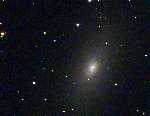 |
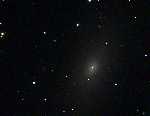 |
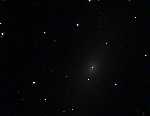 |
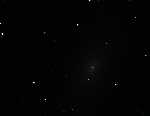 |
| Imax=10 | Imax=20 | Imax=40 | Imax=80 |
66 exposures, 20s each 10/7/10 Lake San Antonio, CA
The Andromeda Galaxy has two companions that appear prominently in many photographs, M32 (NGC 221) and NGC 205, shown here. NGC 205 is the more distant (from M31) of the two. Notice the bright, star-like nucleus, and the dust clouds.
M32 (Companion of M31)
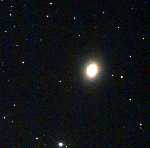 |
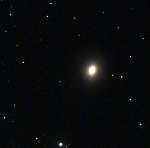 |
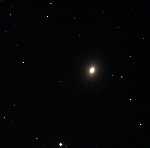 |
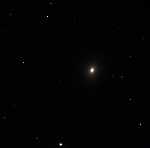 |
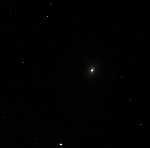 |
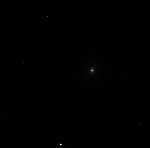 |
| Imax=20 | Imax=40 | Imax=80 | Imax=160 | Imax=320 | Imax=640 |
27 exposures, 20s each 10/7/10 Lake San Antonio, CA
M32 (NGC 221) is the closest and brightest of the satellites of M31. This galaxy appears highly concentrated, with an extremely bright star-like nucleus. In these images it appears that M32 has a nucleus even brighter than that of M31.
NGC 206 in M31
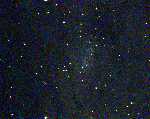 |
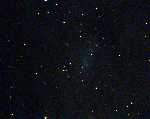 |
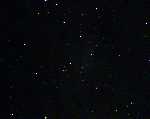 |
| Imax=5 | Imax=10 | Imax=20 |
83 exposures, 20s each 10/7/10 Lake San Antonio, CA
The bright patch in the middle is NGC 206, a star cloud within M31 (near the Southern end). It was barely detectable visually. The center of M31 is far away, to the lower-right.
AE Aurigae / IC 405
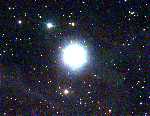 |
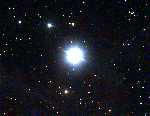 |
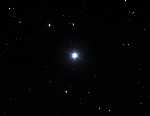 |
| Imax=5 | Imax=10 | Imax=100 |
76 exposures, 20s each 10/7/10 Lake San Antonio, CA
This is also known as the Flaming Star nebula. Clearly this is a neat object for a high-end CCD, but it is pushing the sensitivity limits of my imaging setup.
NGC 2024
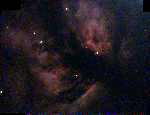 |
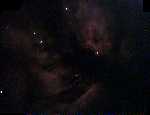 |
| Imax=10 | Imax=20 |
74 exposures, 20s each 10/7/10 Lake San Antonio, CA
This is an emission / dark nebula near the belt star ζ Orionis (outside the field of view to the upper-right), which is thought to be the excitation source. The dark features look similar to those of the Trifid nebula, but with more detail.
Neptune
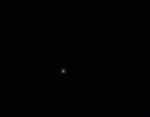 |
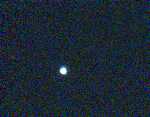 |
| Imax=1000 | Imax=50 |
283 exposures, 1s each 10/8/10 Lake San Antonio, CA
Neptune's apparent diameter is approximately 2.3 arc seconds, which is on the edge of what can be resolved here. The faint object at 9:30 could be Triton, but I'm not sure.
NGC 40
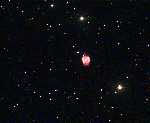 |
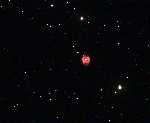 |
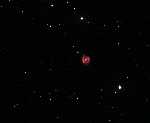 |
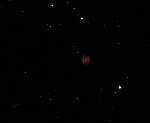 |
 |
| Imax=20 | Imax=40 | Imax=80 | Imax=160 | Imax=2000 |
148 exposures, 10s each 10/8/10 Lake San Antonio, CA
We picked this target because the RASC Observer's Handbook described it as an 'unusual red planetary,' and it didn't disappoint! Like many planetaries, the central star appears blue.
NGC 253
 |
 |
 |
| Imax=6 | Imax=12 | Imax=24 |
199 exposures, 20s each 10/8/10 Lake San Antonio, CA
This is one of the (apparently) largest and brightest galaxies, but it is also rather far south (declination -25°). To capture most of the galaxy we had to take exposures at three separate positions. The mount died before we got many exposures on the right side, which is why it looks more grainy there.
NGC 6826 - Blinking Planetary Nebula
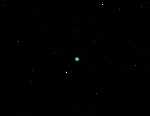 |
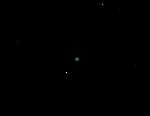 |
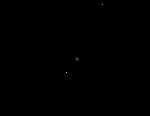 |
 |
| Imax=500 | Imax=1000 | Imax=1500 | Imax=2600 |
50 exposures, 10s each 10/9/10 Lake San Antonio, CA
Visually, when looking directly at this object you will mainly see the bright central star, but if you look off-center through the eyepiece, the surrounding nebula appears brighter.
NGC 7635 - Bubble Nebula
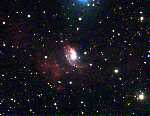 |
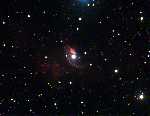 |
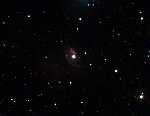 |
| Imax=10 | Imax=20 | Imax=50 |
4 exposures, 30s each 10/9/10 Lake San Antonio, CA
Unfortunately we only got 4 frames before the battery died again. We'll have to try this one again next time.
Proper motion and Parallax
Barnard's Star
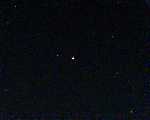 |
| Imax=200 |
121 exposures, 1s each 10/8/10 Lake San Antonio, CA
This is part of my ongoing project to measure a stellar parallax...
Barnard's Star
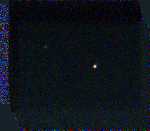 |
| Imax=100 |
297 exposures, 1s each 10/8/10 Lake San Antonio, CA
This is part of my ongoing project to measure a stellar parallax...
61 Cygni
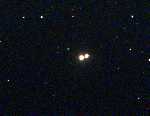 |
 |
| Imax=200 | Imax=2000 |
59 exposures, 1s each 10/9/10 Lake San Antonio, CA
This is part of my ongoing project to measure a stellar parallax...
61 Cygni
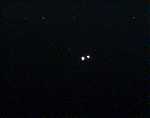 |
 |
| Imax=2000 | Imax=130000 |
267 exposures, 0.1s each 10/9/10 Lake San Antonio, CA
This is part of my ongoing project to measure a stellar parallax...
61 Cygni
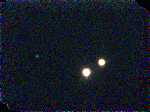 |
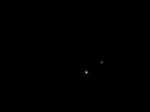 |
| Imax=130 | Imax=13000 |
253 exposures, 0.5s each 10/9/10 Lake San Antonio, CA
This is part of my ongoing project to measure a stellar parallax...